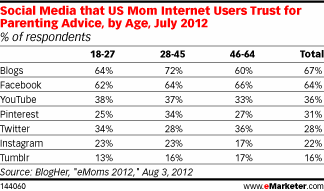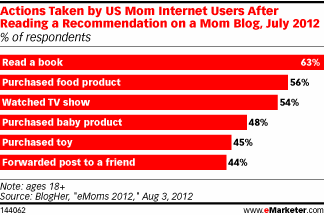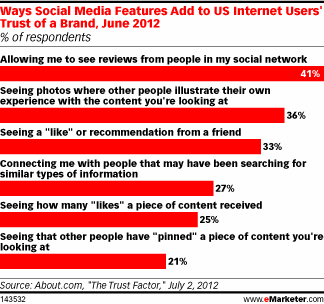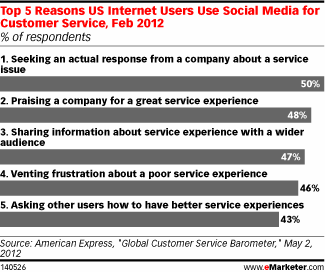Important Content Marketing Statistics For 2021:
- 47% of buyers view three to five pieces of content before engaging with a sales rep.
- 82% of marketers report actively using content marketing in 2021, up 70% from last year.
- Marketers’ primary goals for running marketing campaigns are brand awareness, increasing sales, and increasing engagement.
- Video is overtaking blogs and infographics to become the most commonly used form of content marketing,.
- Google’s search algorithms are trying to transcend text to images, voice/podcasts, and videos.
- The top technologies used by B2B organizations to supplement content marketing are analytics tools, social media publishing, and email marketing software.
- The top three organic content distribution channels for B2B marketers are social media channels, email, and website.
Source: Hubspot Marketing and Content Marketing Institute









